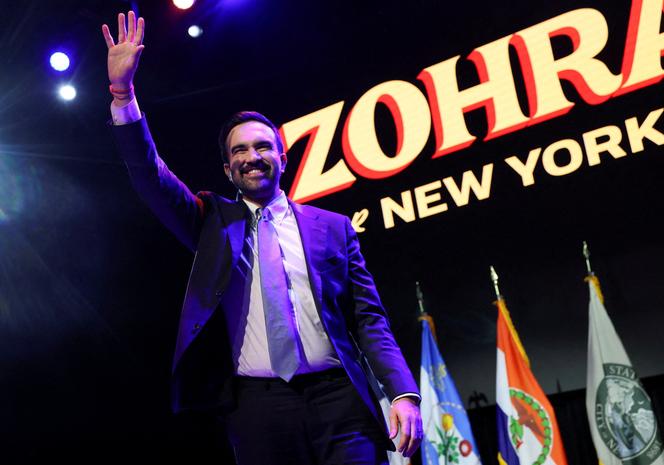Who is Zohran Mamdani? His Background & Achievements
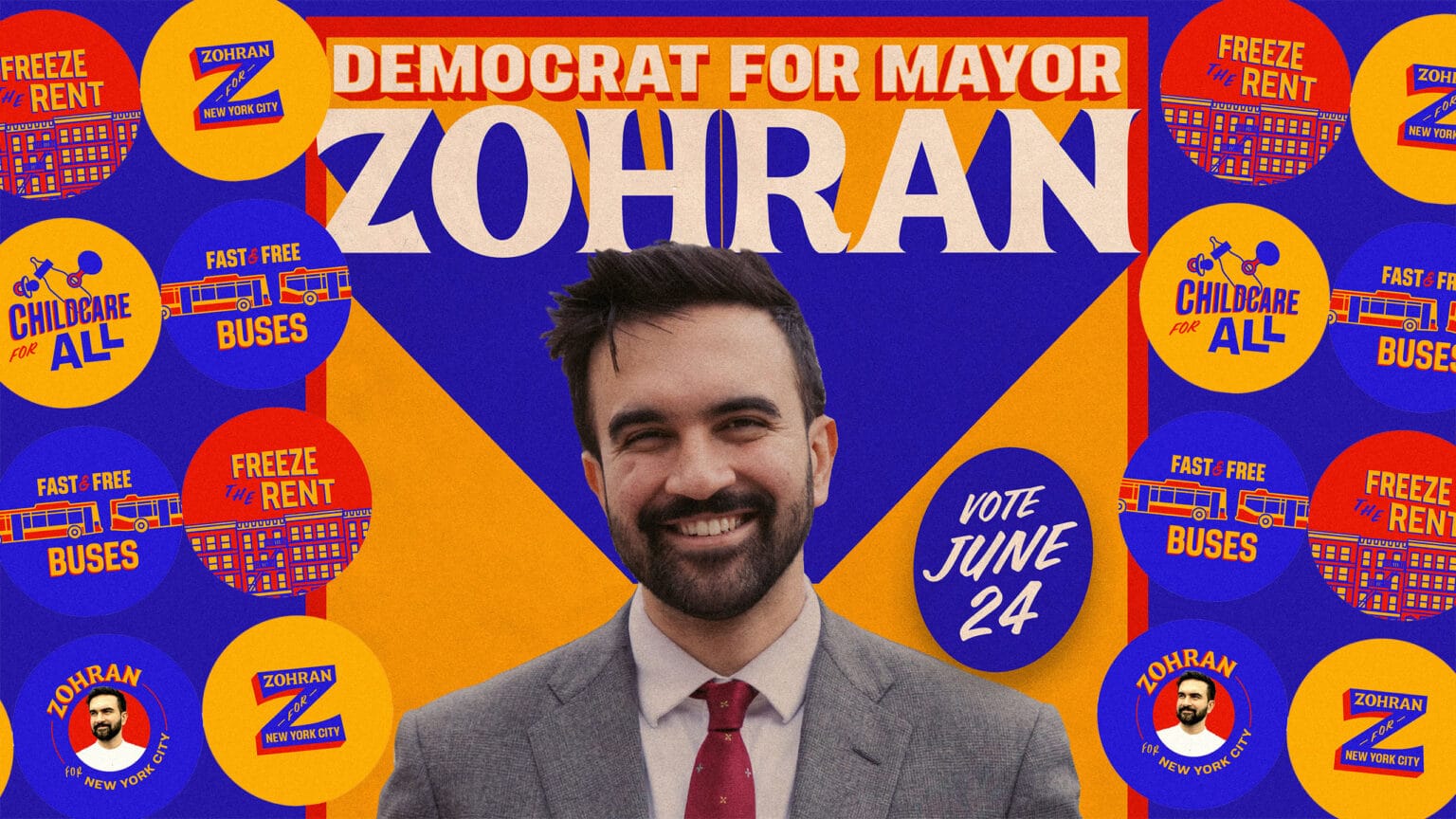

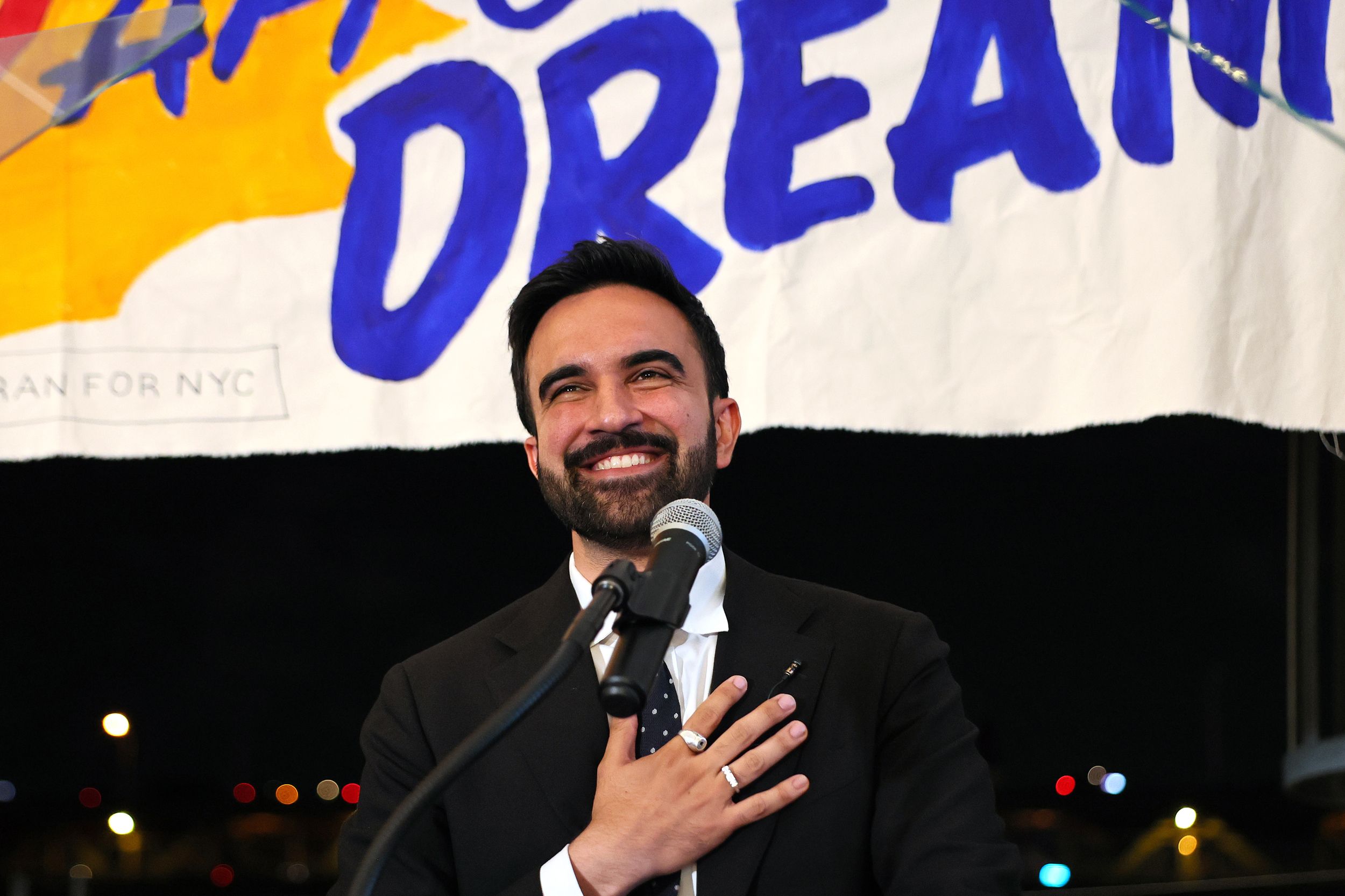



Early Life & Political Rise
- Mamdani is a 34-year-old New York State Assembly member representing District 36 (Queens: Astoria & Long Island City). (Wikipedia)
- He is broadly recognised as the first Muslim, the first South Asian (Indian-American) and youngest mayor-elect of New York City. (People.com)
- He emerged via progressive/“democratic socialist” networks — endorsed by groups like the Democratic Socialists of America (DSA). (Wikipedia)
Key Achievements Before the Mayoral Bid
- As Assembly member, Mamdani unseated a long-term incumbent in 2020, showing his ability to upset establishment. (Wikipedia)
- His legislative focus included housing reform, fighting for fare-free transit pilots, public ownership ideas and immigrant & minority community representation. (Wikipedia)
- His campaign built strong grassroots volunteer systems, multilingual outreach (South Asian, Muslim, immigrant communities) and social-media savvy. (Politico)
In short: a young, ambitious, progressive leader with a base in Queens, tapping into younger, immigrant, and left-leaning voters, primed for a big breakthrough.
Major Controversies & Strong Opposition
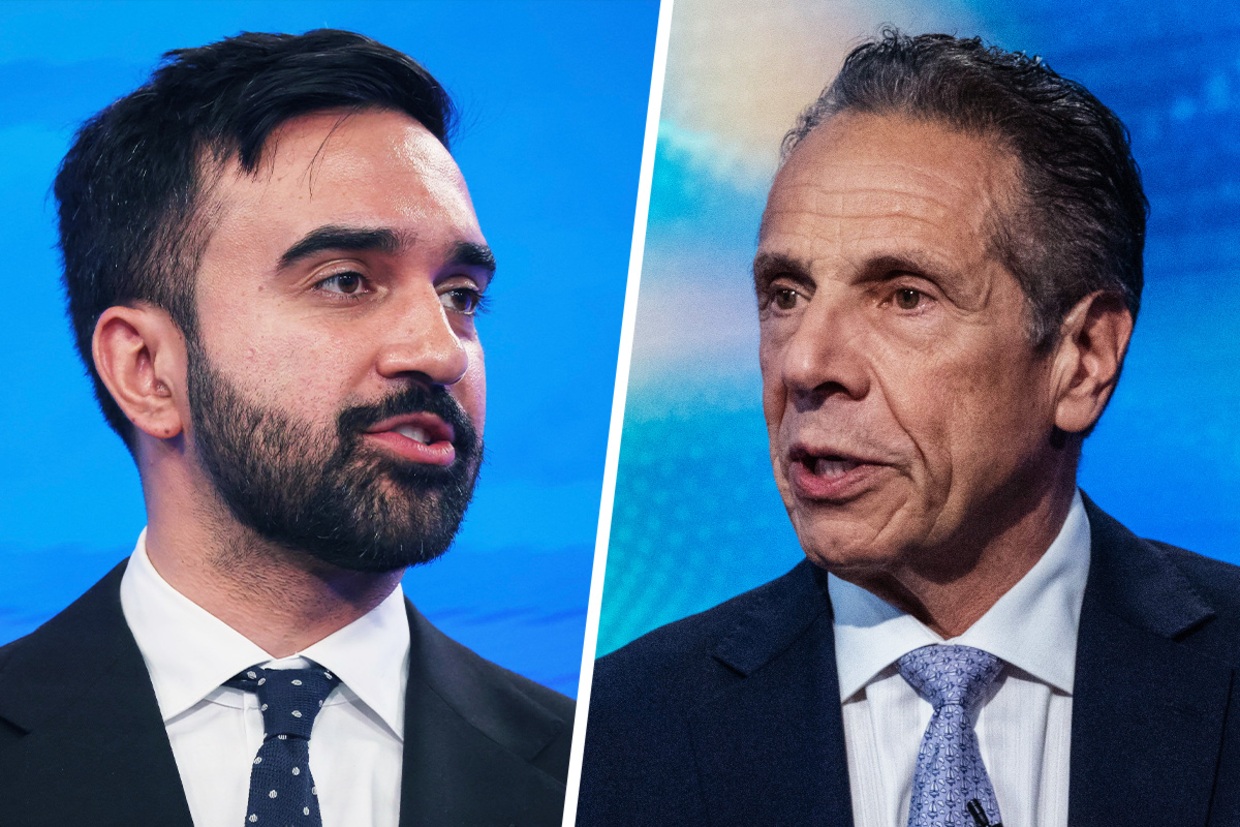




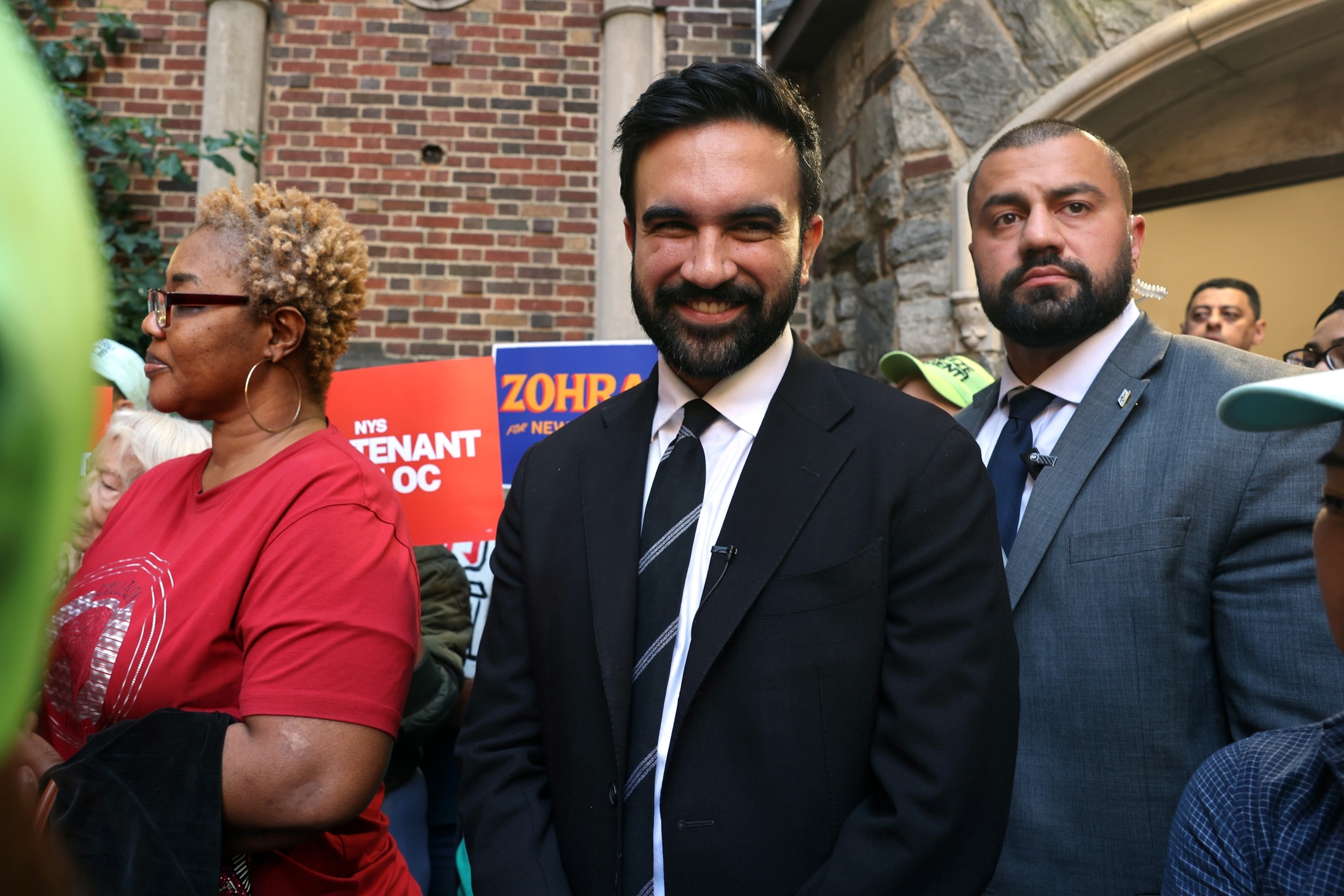
Controversies / Opposition Highlights
- Establishment vs outsider: He ran against the formidable Andrew Cuomo (former NY Governor) in the Democratic primary, which was seen as the establishment candidate. Cuomo was widely expected to win. (The Guardian)
- Accusations of radicalism / socialism: Opponents including conservative media and political figures framed him as “too far-left” or “radical”. For example, Donald Trump attacked him as a “100 % Communist Lunatic”. (New York Post)
- Identity & Islamophobia: His Muslim identity and South Asian heritage became focal points for some opposition, including accusations and subtle (and not so subtle) Islamophobic rhetoric. (The Jerusalem Post)
- Experience criticisms: Some questioned his relative age and lack of mayoral-level leadership experience. Political commentaries urged caution that victory is one thing, governance is another. (The New Yorker)
- Internal progressive tensions: While backed by DSA and similar groups, there were nuanced critiques about whether his ambitious platform was too costly, feasible or would alienate moderate voters. (New York Post)
What makes these relevant
These oppositional dynamics created both headwinds and a narrative vehicle: Mamdani could position himself as underdog, outsider, change-agent. The controversies strengthened his story of disruption and reform, which likely helped his appeal among voters seeking change.
His Election Win – What Worked in His Favor

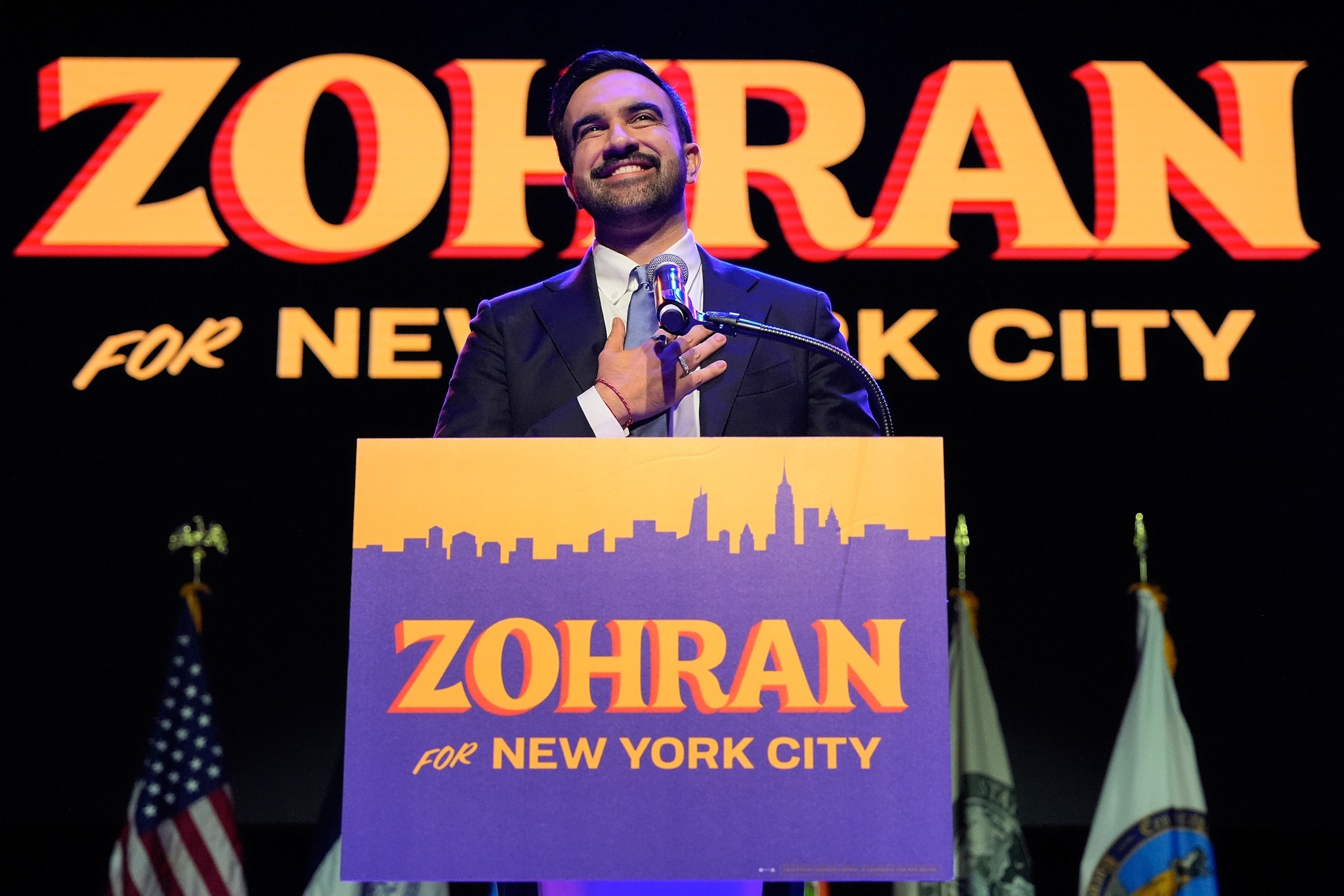



Key Factors for Victory
- Message clarity: Mamdani ran on “affordability”, “housing & transit reform”, “working-class issues”. His messaging resonated in a city where cost of living and housing are top voter concerns. (The Guardian)
- Coalition building: He successfully mobilised younger voters, South Asian, Muslim, immigrant communities, and made inroads into white liberal strongholds in Brooklyn and Queens. (Politico)
- Ground game & digital savvy: Strong volunteer network, multilingual outreach, social media, on-the-ground campaigning in areas often ignored by traditional campaigns. (Politico)
- Upset against establishment: Defeating Cuomo in the primary gave him momentum and legitimacy. Once the “big name” was knocked off, momentum shifted. (Axios)
- Timing & demographics: A younger electorate, desire for change, progressive surge — all aligned. His profile as “first Muslim, first South Asian, youngest mayor” also made history and symbolised transformation. (People.com)
Strategic Reasons
- Focused on affordable housing, fare-free transit, city-run grocery stores captivated urban voters feeling left behind by “business-as-usual” politics.
- He presented a narrative of a new politics for a new generation — less insider, more populist.
- By countering the establishment, he framed himself as a challenger to entrenched power structures, which resonated in NYC politics.
Election Outcome
According to official projections, Mamdani won the general election on 4 November 2025, becoming NYC’s 111th mayor, defeating both Cuomo (independent) and Republican candidate Curtis Sliwa. (The Washington Post)
It was widely described as one of the most significant shifts in NYC politics in decades. (The Guardian)
Astrological Perspective: Saturn & Moon Aligning for Success

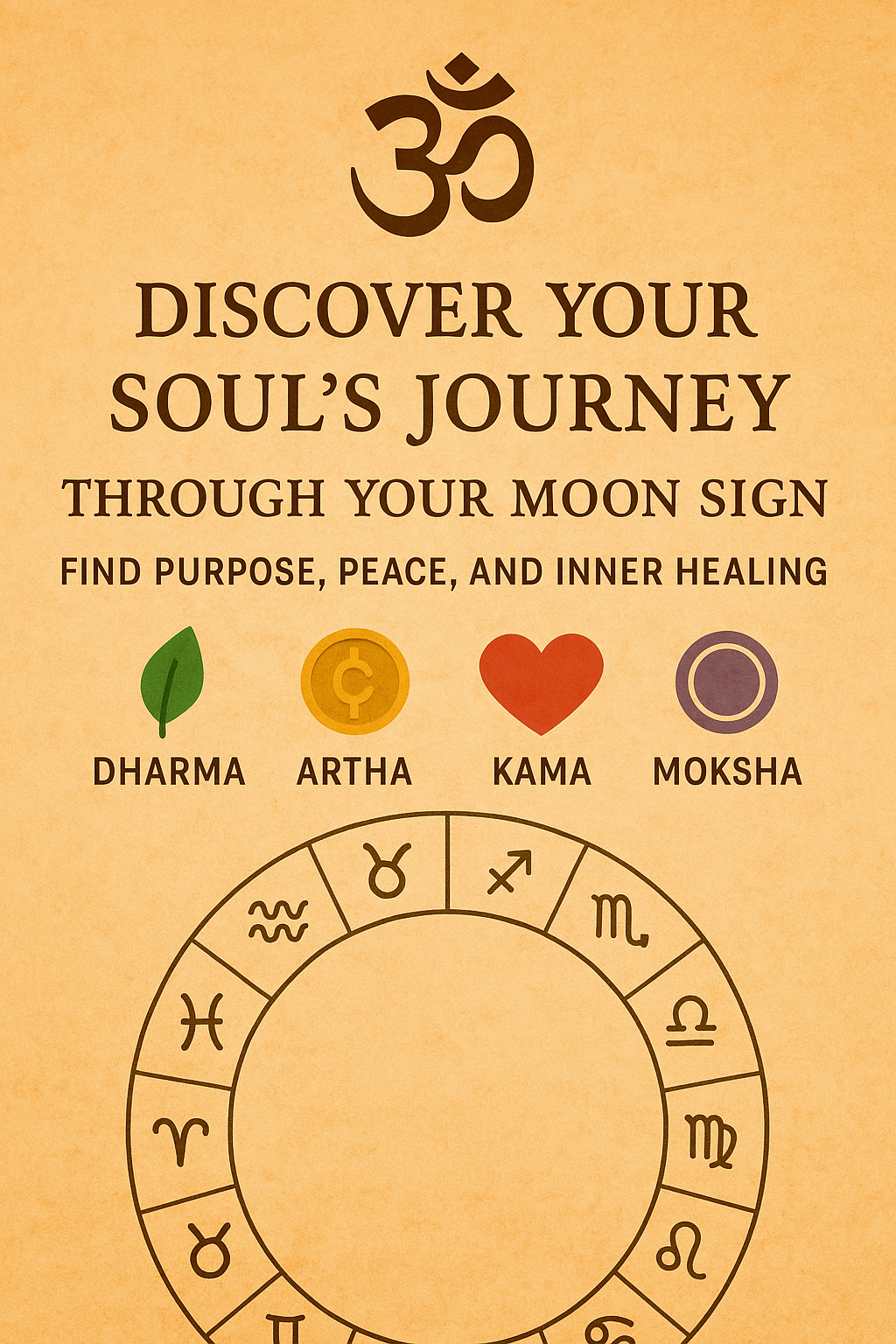
Saturn (Shani) in Vedic Astrology
In Vedic astrology, Saturn (Shani) is often linked with stamina, structure, discipline, karmic results, longevity of impact and leadership that emerges through adversity. Its placement and aspect (drishti) in a chart can mark a “turning point” or “rewards after challenges”.
Moon (Chandra) in Vedic Astrology
The Moon represents mind, public perception, emotional resonance, intuition, and how a leader connects with the people. A well-placed Moon supports charisma, responsiveness and the ability to “ride the wave” of public sentiment.
Connecting to Mamdani’s Victory
- His rise has many features of a Saturn phase: sustained grassroots effort, taking on entrenched systems (housing, transit), enduring opposition (establishment, Islamophobia) — Saturn rewards with results after perseverance.
- The Moon’s role shows in his public-image connection: younger voters, immigrant communities, progressive networks — he emotionally resonated, built a coalition, which is typical of a strong Moon for mass appeal.
- The synergy of Saturn (structural change, reform, discipline) + Moon (public connection, emotional appeal, adaptability) creates a potent formula for a political breakthrough: transforming deep systemic issues while connecting emotionally with voters.
- In Vedic timing, such a victory could reflect a major Saturn transit (Sade Sati or Shani Gochar) or a strong Moon-Mahadasha/Antardasha aligning with Saturn’s influence. Even if birth data isn’t verified publicly, the narrative fits: long-term effort (Saturn) + breakthrough moment (Moon) = historic win.
Summary of Astrological Narrative
In plain terms: Mamdani’s win wasn’t just political chance—it can be seen as karmic culmination (Saturn) meeting emotional momentum and public readiness (Moon). The “young outsider” who persevered through struggle now resonates and leads — a pattern astrologers would note when Saturn matures and Moon rises in public houses.
Conclusion
Zohran Mamdani’s journey from Queens Assembly member to New York City’s mayor-elect is remarkable—even when viewed purely politically. Add an astrological lens and the narrative deepens: enduring effort and karmic structure (Saturn) meeting emotional resonance and mass appeal (Moon).
Whether you view his win as a sign of progressive wave, a generational shift, or even a star-timed breakthrough, the convergence is striking.

